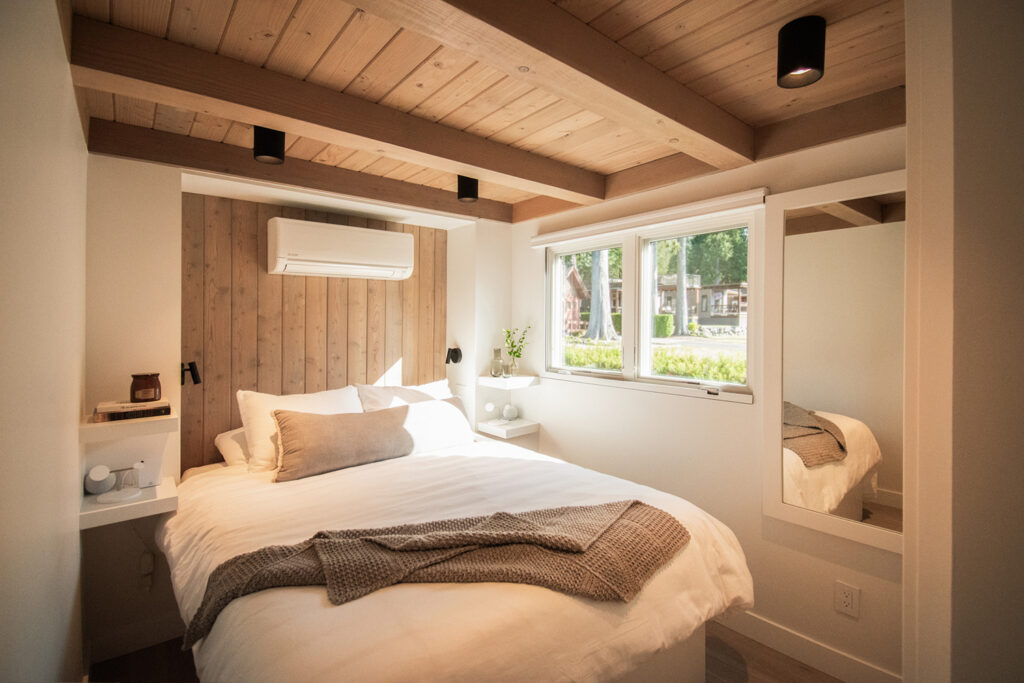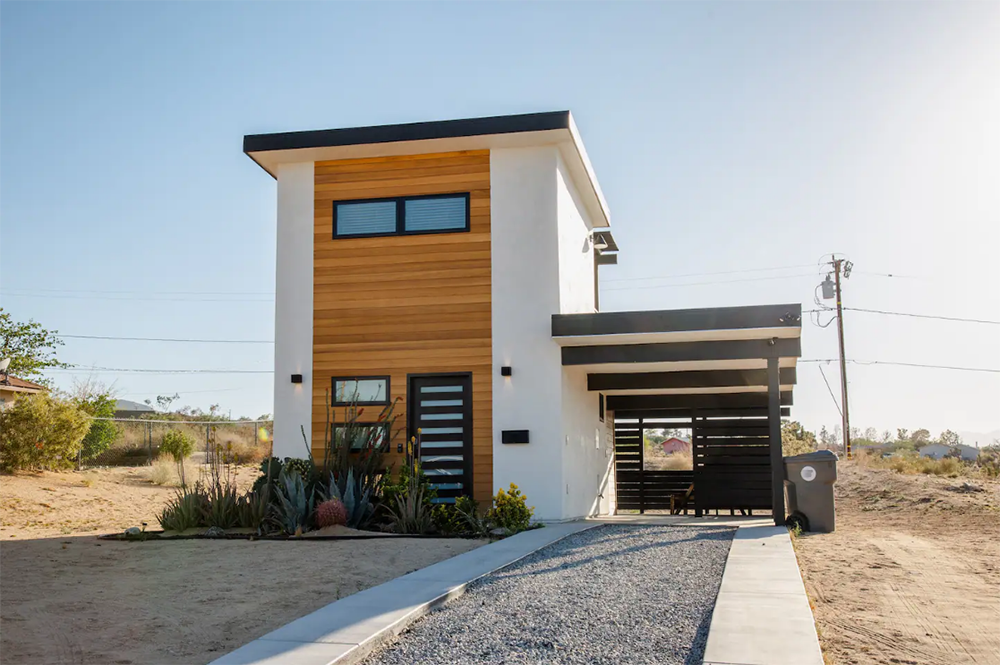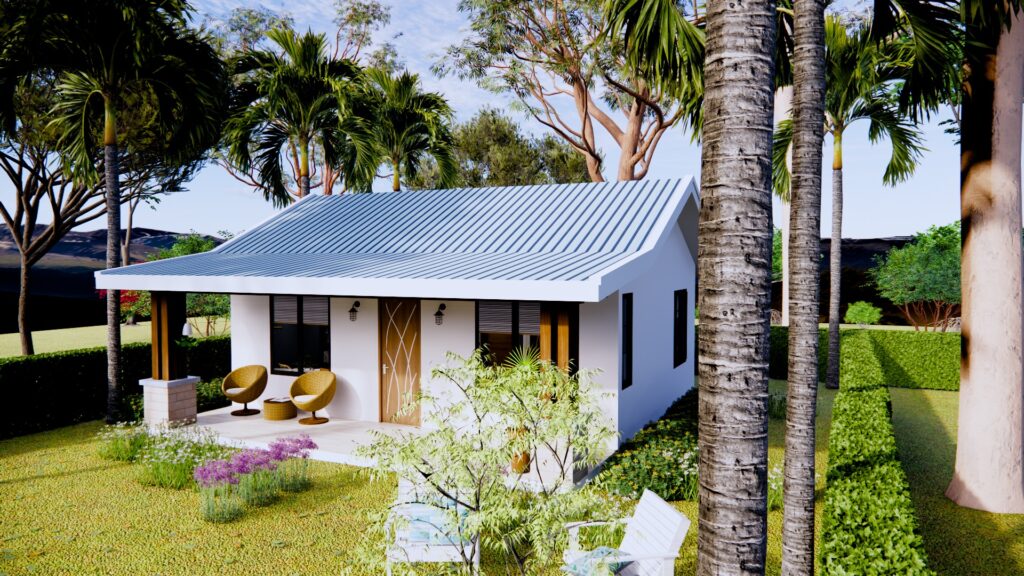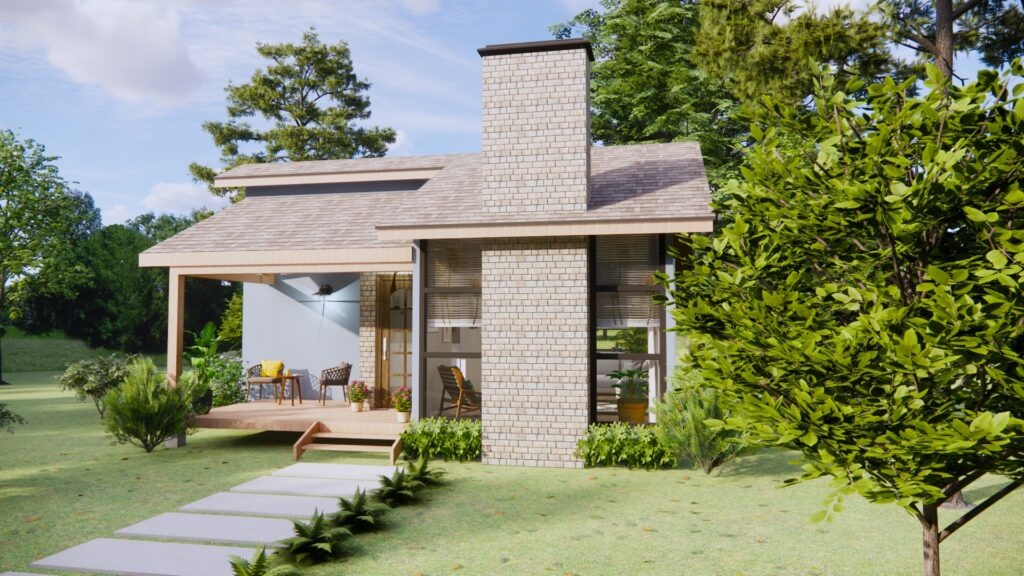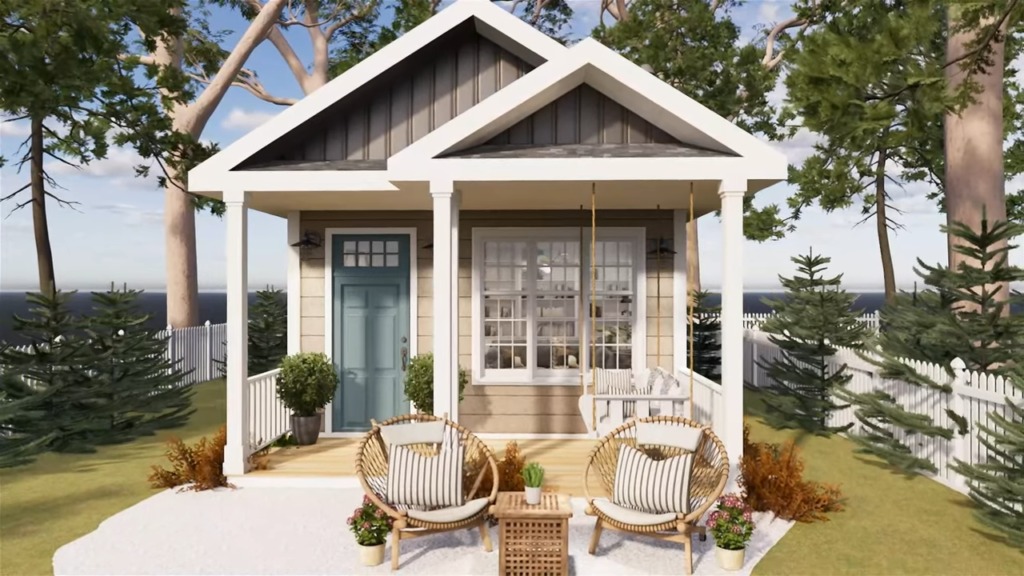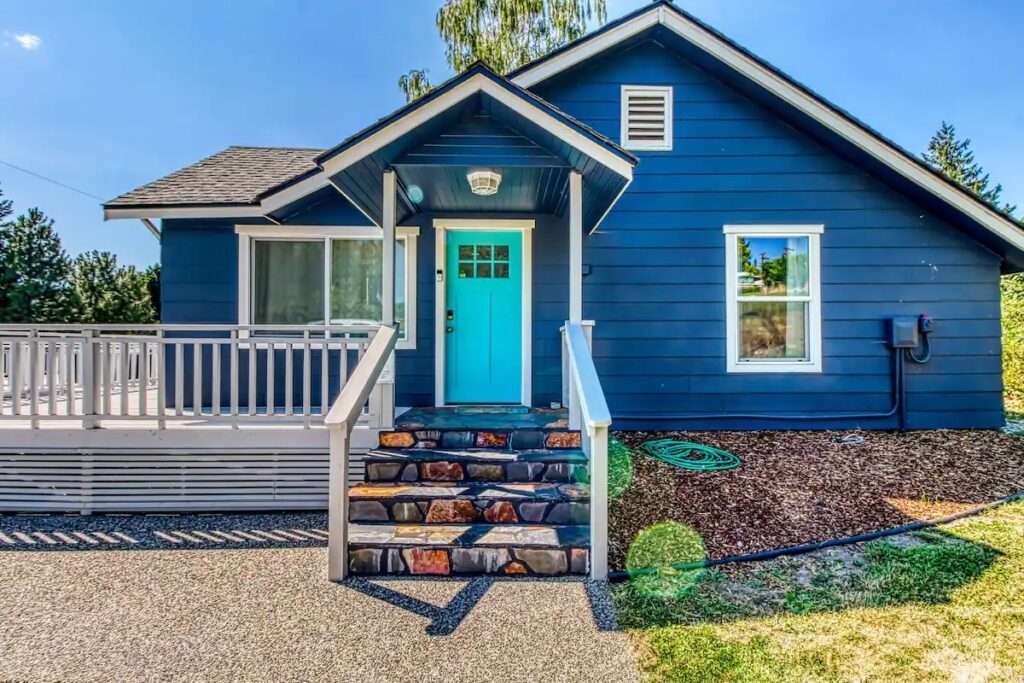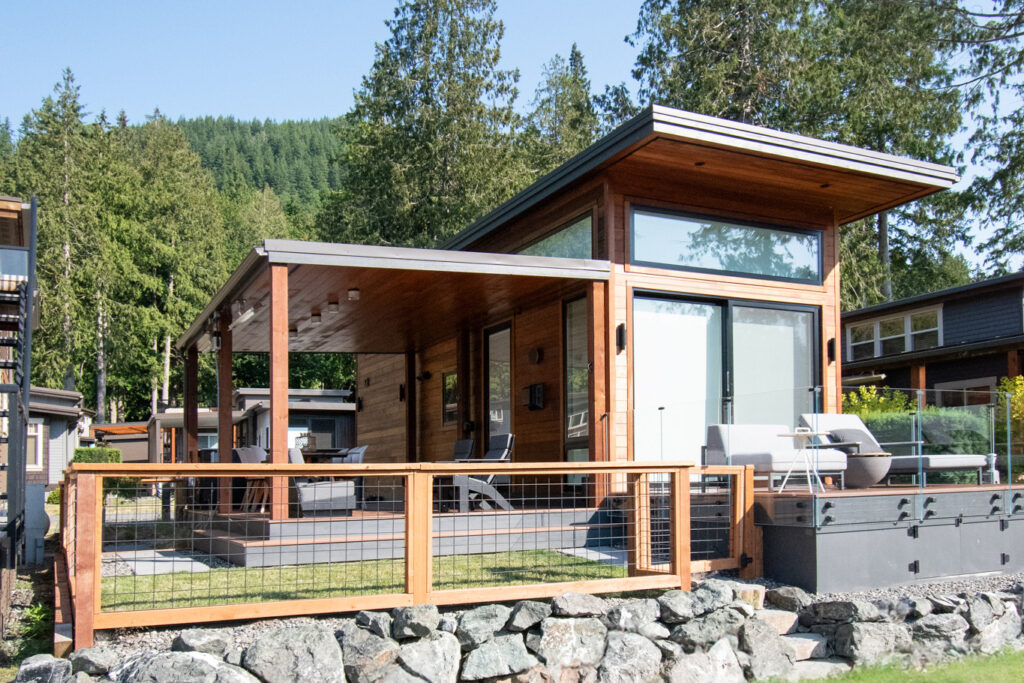
In designing these tiny houses, the priority is to use every space with maximum efficiency and create a functional living space. Generally, smart storage solutions, multi-purpose furniture, and open-plan arrangements are frequently used methods to expand living spaces. At the same time, natural light and the use of natural materials are preferred to add a warm atmosphere to interior spaces.
The exterior of these tiny houses usually reflects a modern and minimalist style. Straight lines, plain colors, and natural materials are generally used. Sustainable energy sources such as solar panels on the roof are frequently used. Thus, energy efficiency is increased and the impact on the environment is minimized.
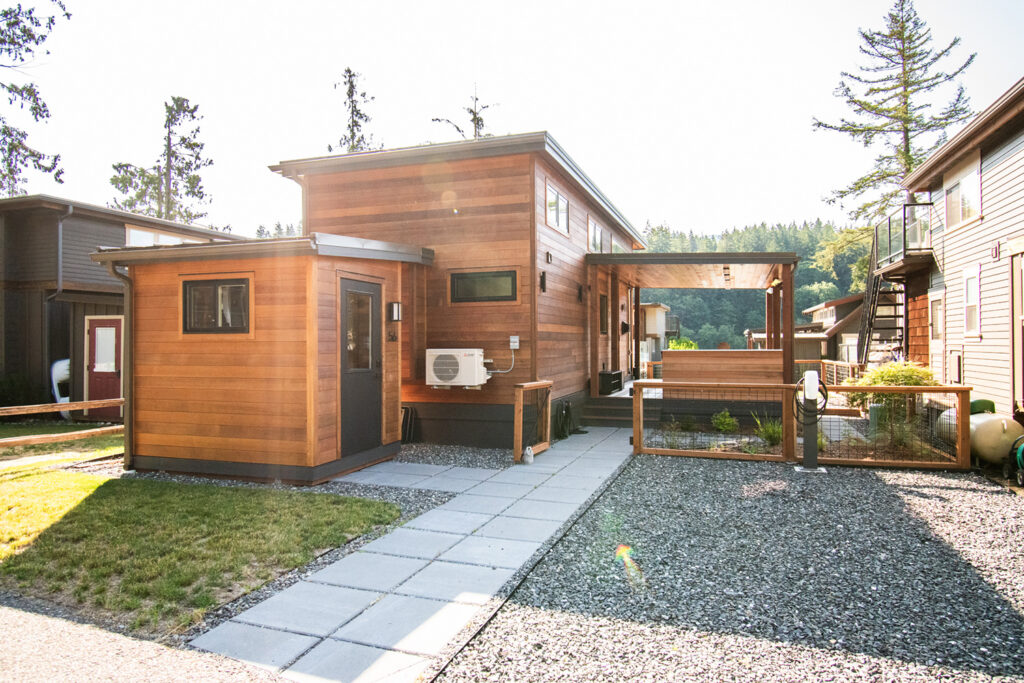
In the interiors, the aim is to provide functionality with an open-plan concept. Multi-purpose furniture is often preferred, which ensures effective use of space. In addition, interiors arranged with minimalist decoration principles create a feeling of calmness and serenity. By increasing natural light sources, interior spaces are given a feeling of spaciousness and spaciousness.
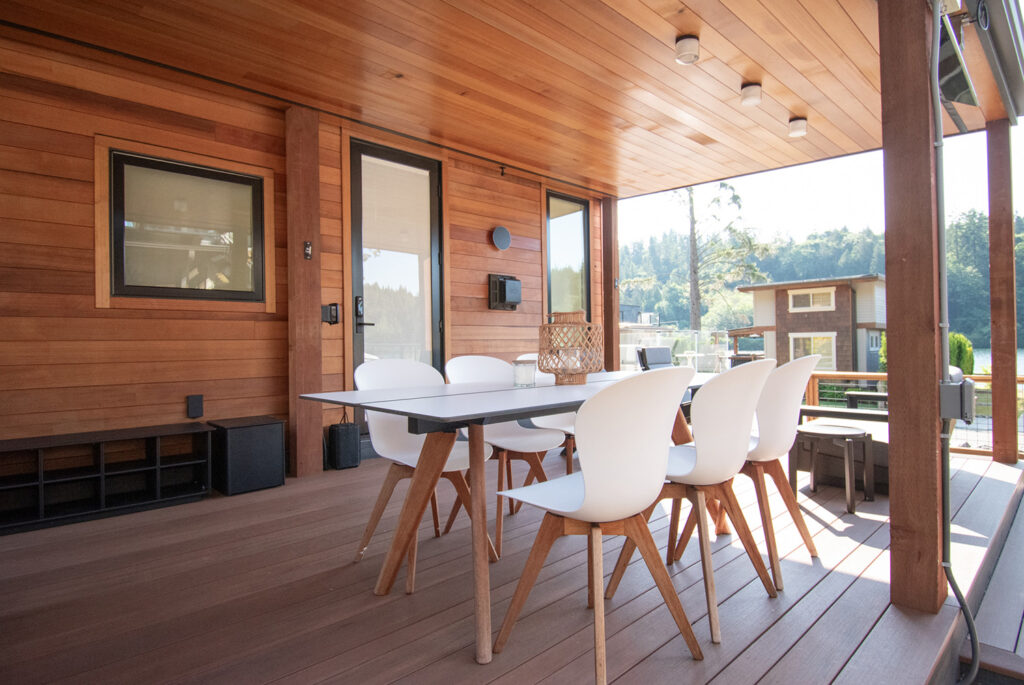
The use of environmentally friendly materials is essential in these tiny houses. Sustainable wood types, recycled materials, and environmentally friendly building materials are preferred. Additionally, environmental impact is minimized by integrating systems to reduce water and energy consumption.
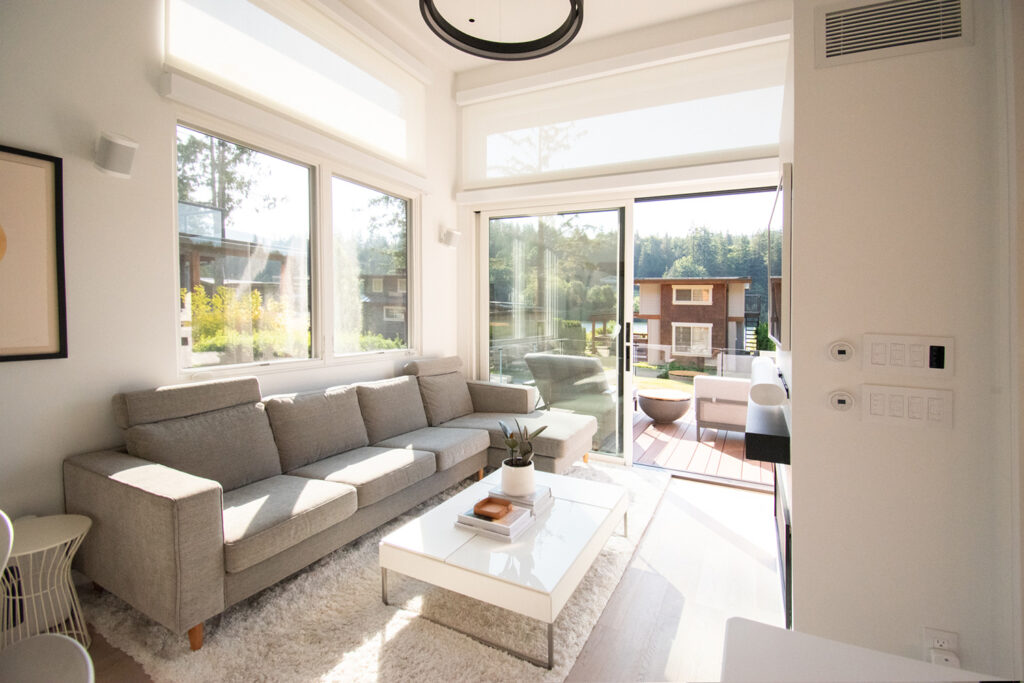
However, a remarkable outdoor living space is also often considered in these tiny homes. Generally, small gardens, terraces, or verandas are designed to offer a living experience in touch with nature. With vegetation and natural landscape designs, interior spaces create a harmonious integrity with nature.
The design of these tiny houses offers practical solutions to problems such as increasing population density and rising housing costs. Compact living spaces offer an effective option to cope with these challenges with their functionality and aesthetic appeal.
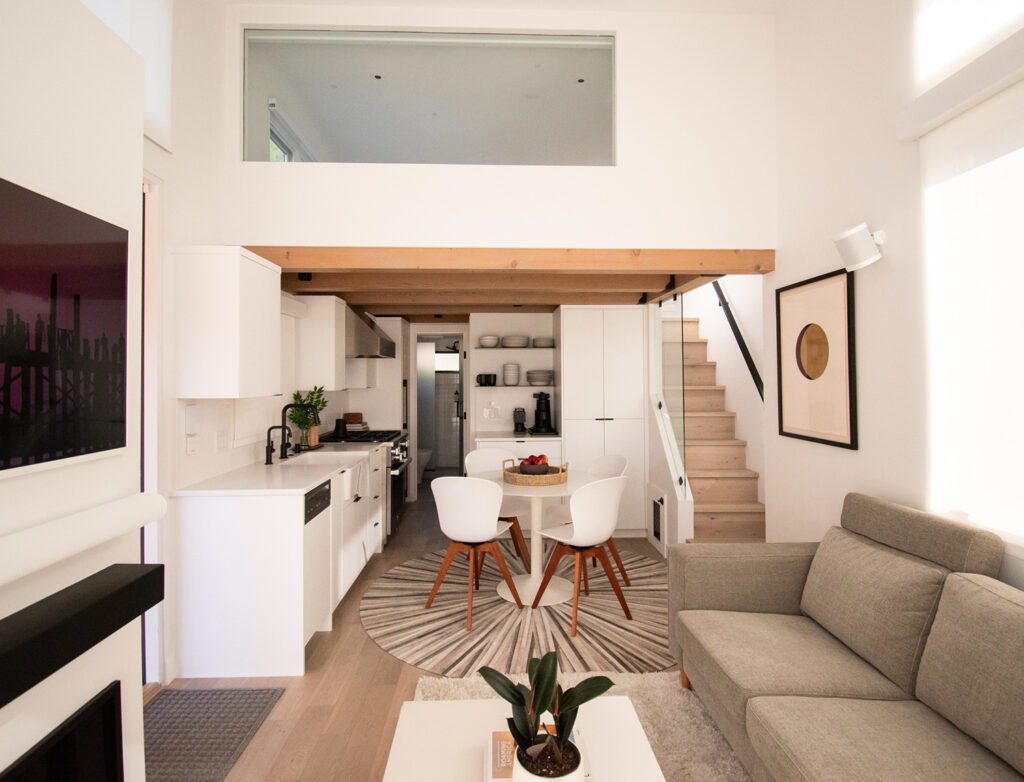
However, the interior design of these tiny houses aims to create comfortable and useful spaces. Creative storage solutions, space-saving furniture, and multi-purpose items help optimize living spaces. Thus, a spacious and useful living experience is offered even in a small space.
It seems that technology also plays an effective role in these house designs. Smart home systems, energy-efficient devices, and technologies that reduce environmental impact allow tiny houses to offer a modern and contemporary lifestyle.
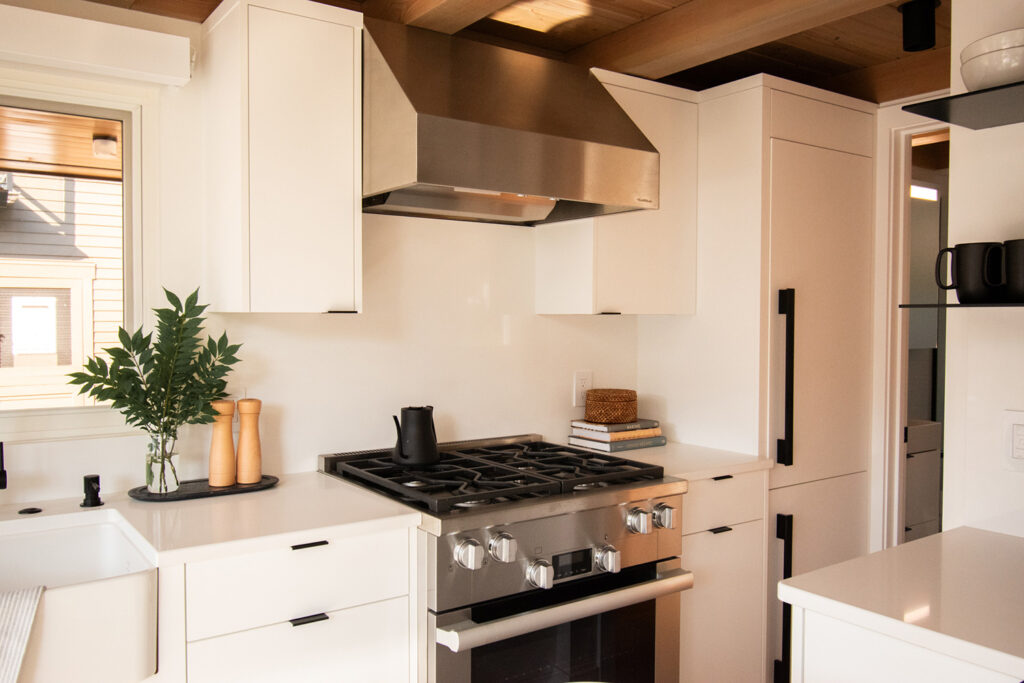
Additionally, these homes can often be portable or modular. While portable tiny houses provide people with the freedom and flexibility to travel, modular houses can meet the demands of users with their expandable and changeable features according to needs.
In addition to all these features, it is also important that these tiny houses provide an environment that supports the mental and physical health of the residents. Calm and peaceful living spaces are created by using natural materials, increasing natural light sources, and designing interior spaces in harmony with nature.
